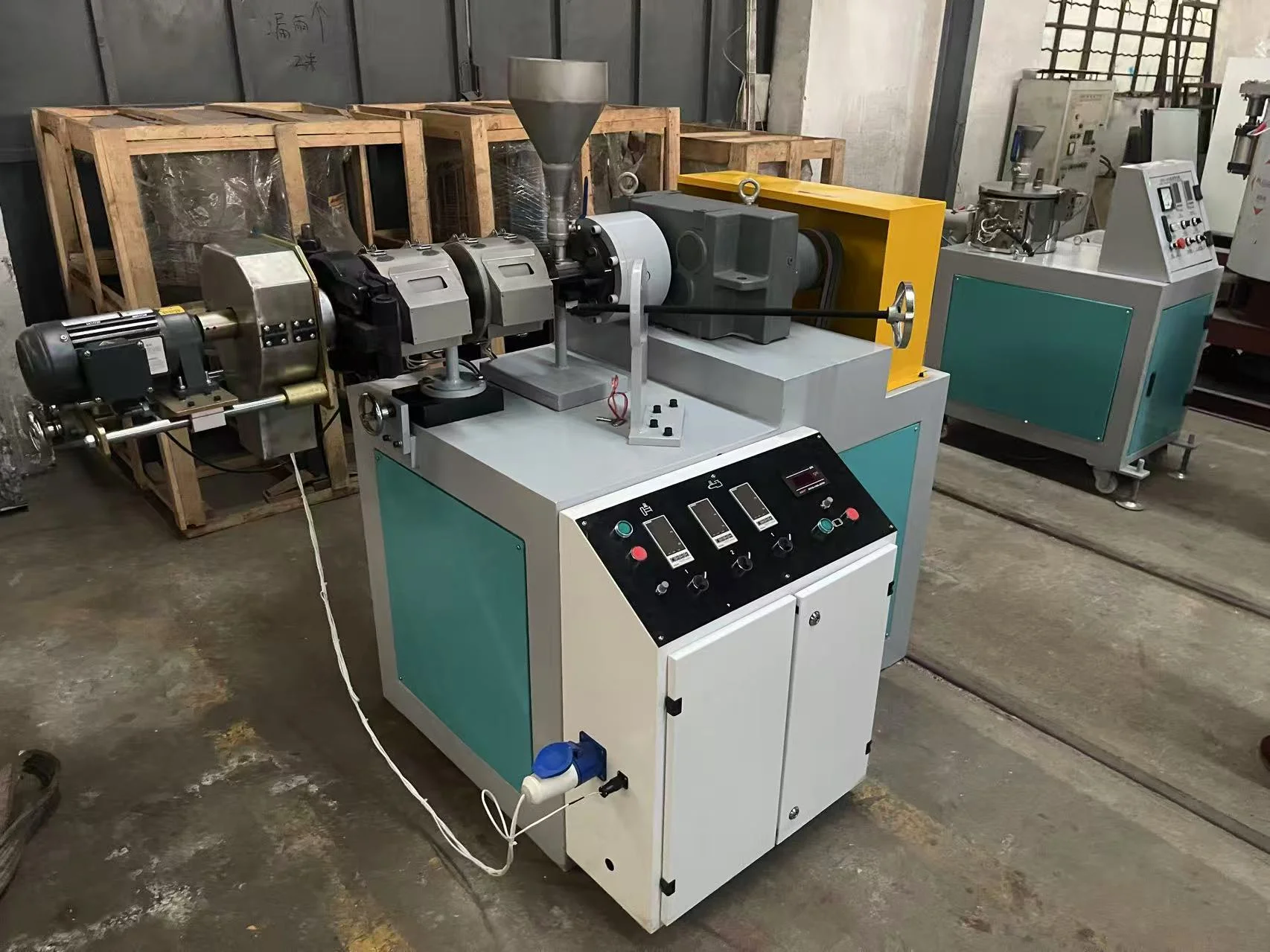Daily maintenance of a bearing grinding machine is essential for ensuring optimal performance, extending the machine's lifespan, and preventing costly repairs. In this blog post, CONSUMMATE will share with you the daily maintenance of bearing grinding machine for sale, including cleaning, lubrication, inspection and operation inspection.
Importance of Daily Maintenance
Regular maintenance of grinding machines not only enhances their efficiency but also reduces the risk of unexpected breakdowns. A well-maintained machine operates smoothly, produces better quality work, and ultimately leads to higher productivity.
Daily Maintenance Checklist
1. Cleaning the Machine
Cleaning is the first step in daily maintenance. It is crucial to remove any grinding debris and contaminants that could affect the machine's performance.
- Use a Brush: Employ a small brush to clean grinding debris from all parts of the machine. Avoid using air blow guns, as they can blow debris into sensitive areas, potentially causing damage to the guide rails and affecting accuracy.
- Wipe Down Surfaces: Use a clean cloth to wipe away oil stains and wear debris from the machine's exterior. This not only keeps the machine looking good but also helps in identifying leaks or other issues early on.
- Check for Residue: Inspect areas around the grinding wheel and spindle for any buildup of material that could interfere with operation.
2. Lubrication
Proper lubrication is vital for the smooth operation of a bearing grinding machine.
- Oil Moving Parts: After cleaning, apply oil to all moving parts, particularly the sliding components. This helps reduce friction and wear.
- Use Quality Lubricants: Ensure that you are using the correct type of oil for the machine. High-quality lubricants are essential for maintaining precision and extending the life of the machine's components. The oil in the guide rails should be changed every 3-6 months, with the first change occurring after three months of use.
- Monitor Oil Levels: Regularly check the oil levels in the machine. If the oil is too low, it can lead to increased wear and potential failure of the bearings.

3. Inspecting Components
Regular inspections help identify potential issues before they become serious problems.
- Check Bearings: Bearings are critical components in grinding machines. Inspect them for wear and ensure they are adequately lubricated. Replace any bearings that show signs of damage or excessive wear to prevent further issues.
- Examine Grinding Wheels: Regularly inspect the grinding wheels for wear and tear. Dressing the wheels to remove dulled abrasive grains can improve performance and extend their life.
- Look for Loose Parts: Check all screws and bolts to ensure they are tight. Loose components can lead to vibrations and further damage to the machine.
4. Operational Checks
Before operating the machine, perform a series of checks to ensure everything is in order.
- Pre-Operation Checks: Inspect the machine for any visible damage or abnormalities. Ensure that all safety guards are in place and functioning correctly.
- Monitor Vibration and Noise: During operation, keep an ear out for unusual noises or vibrations, which can indicate misalignments or worn-out parts. Address these issues promptly to avoid further damage.
- Avoid Overloading: Be mindful of the machine's capacity. Overloading can lead to overheating and reduced efficiency, ultimately damaging the machine.
5. Post-Operation Maintenance
After using the machine, it's important to carry out additional maintenance steps.
- Cool Down: Allow the machine to cool down before storing it. Storing it while still hot can warp components and affect future performance.
- Clean After Use: Remove any remaining debris and dust from the machine. A clean machine is less likely to suffer from contamination-related issues.
- Record Maintenance Activities: Keep a log of all maintenance activities, including inspections, lubrication, and repairs. This helps track the machine's condition and can inform future maintenance needs.
Conclusion
Daily maintenance of a bearing grinding machine is critical for ensuring its longevity and optimal performance. By following a consistent maintenance routine that includes cleaning, lubrication, inspections, and operational checks, operators can minimize downtime, enhance productivity, and reduce repair costs. Implementing these practices not only keeps the machine running smoothly but also contributes to the overall efficiency of the production process. Regular maintenance is an investment that pays off in the form of improved performance and reduced operational costs.
https://www.jscst.vip/Daily-maintenance-of-bearing-grinding-machine.html
www.jscst.vip
CONSUMMATE







+ There are no comments
Add yours